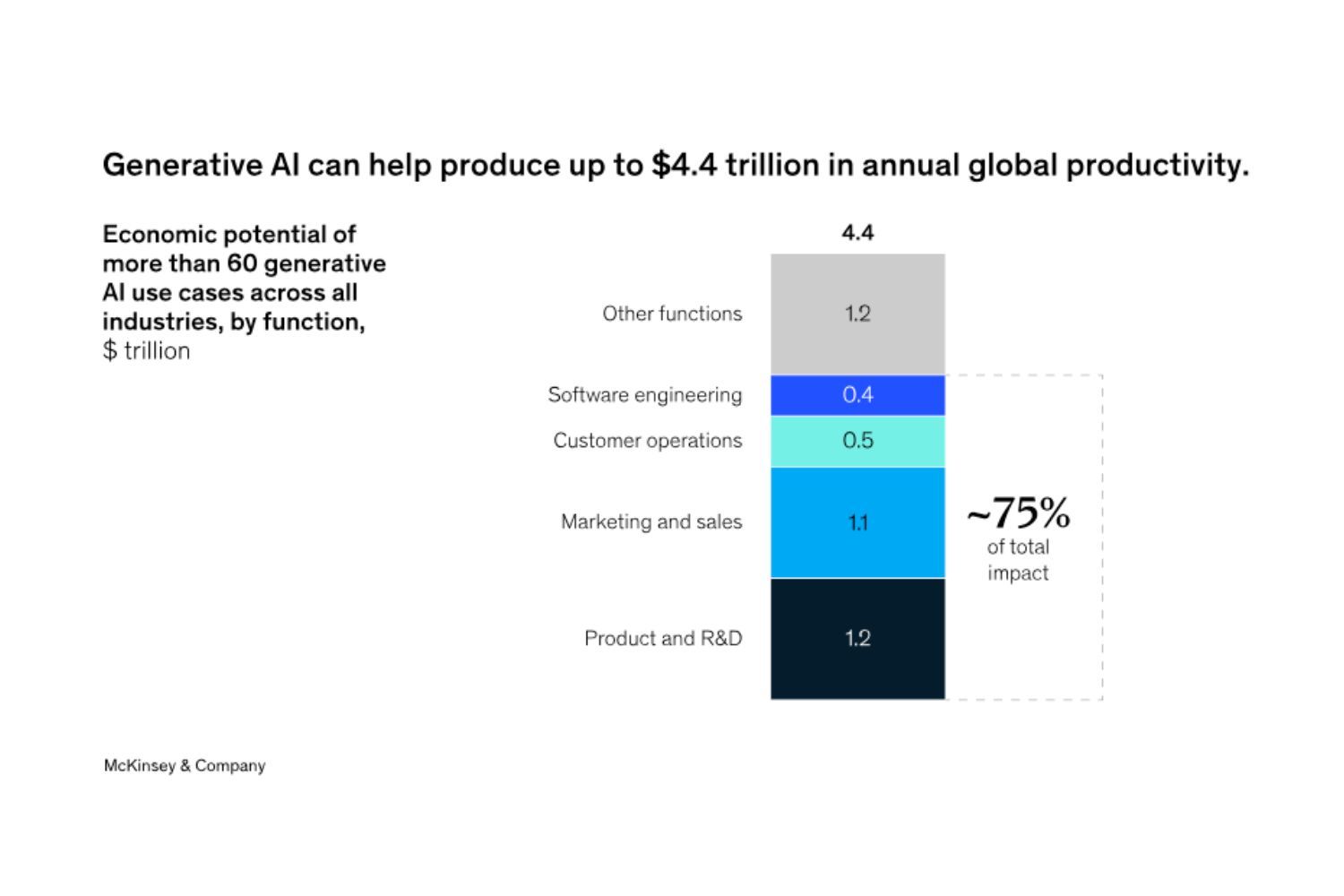Leadership Insights
Embracing Technology: Transforming Leadership and Decision-Making in the Digital Age

The rapid pace of technological advancement has transformed the business landscape, presenting leaders and boards with a stark choice: embrace innovation or risk being left behind. Initially designed to simplify work, technology has evolved at an unprecedented rate, rendering it an indispensable tool for businesses to remain competitive.
The emergence of Artificial Intelligence (AI) marks a significant milestone in this journey, offering transformative potential for operations. From chatbots and virtual assistants streamlining customer service to predictive analytics optimising supply chain management, businesses have swiftly adopted AI, leveraging its scalability and accessibility.
The swift adoption of Generative AI (GenAI) exemplifies this trend, with 54% of surveyed companies integrating it into their operations within a year of ChatGPT's debut. This rapid progress has fundamentally reshaped the workplace, fostering a more interconnected and agile paradigm.
To remain relevant, leaders and boards must now prioritize adaptability, collaboration, and innovation, moving beyond technical proficiency to navigate the ever-changing landscape of work
A New Approach for Leaders in this Tech-dominated World
Research over the years has consistently demonstrated that organisations adapting to match environmental changes perform significantly better than those maintaining past structures and processes in the face of a changing business environment. To ensure technology remains an asset rather than a governance challenge, boards must adopt proactive strategies.
Leaders are tasked with evaluating and leveraging emerging tools to enhance governance practices. From advanced analytics and AI-driven scenario planning to virtual assistants and real-time data visualisation, the array of technological possibilities offers a myriad of opportunities for transformative change within the boardroom and beyond.

Exploring this landscape, the leadership team may consider questions such as:
How can we utilise tech for better decision-making?
What's the role of virtual assistants in our boardroom?
How does real-time data visualisation enhance governance in tech?
Embracing the latest technological advancements is paramount for staying competitive in today's fast-paced business environment. Leaders should prioritise adopting cutting-edge technologies such as artificial intelligence (AI), which transcends mere operational efficiency to redefine the very essence of leadership. AI now permeates every facet of organisational life, offering leaders insights into complex data sets, uncovering hidden patterns, and guiding strategic decision-making with utmost precision.
Take, for instance, IBM, under the leadership of Ginni Rometty, where the Watson AI platform was deployed to analyse vast amounts of data and provide actionable insights. This empowered decision-makers with real-time information, enabling them to make informed choices that drove business growth and innovation.
In addition to using AI within their organisations for operational efficiency, CEOs like Elon Musk at Tesla leverage AI to develop their products more effectively. For instance, Tesla's use of AI-driven algorithms in developing autonomous vehicles represents a ground-breaking approach to transportation and mobility.
As AI becomes increasingly vital, numerous industries and leaders are integrating it into their operations due to its significance. As McKinsey projected, this could potentially result in a $13 trillion value creation by 2030.
Yet, amidst the excitement of AI-driven insights, leaders must also contend with the ethical implications and risks inherent in technological adoption. Concerns around data privacy, cybersecurity vulnerabilities, and the potential for algorithmic bias demand vigilant oversight and robust governance frameworks to safeguard against unintended consequences and ensure the ethical use of technology.

Moreover, the advent of virtual assistants heralds a new era of productivity and collaboration. Imagine having a tireless assistant at your beck and call, ready to compile research reports, schedule meetings, and facilitate collaborative brainstorming sessions with ease. By offloading routine tasks to virtual assistants, leaders can reclaim valuable time and energy, freeing themselves to focus on strategic initiatives and visionary leadership.
The ability to envision and drive change is just as important as the ability to work with technology. If you don’t have both, you can’t succeed in this world.” — George Westerman, senior lecturer, MIT Sloan.
When it comes to leadership, timely access to actionable insights is essential for effective decision-making. Real-time data visualisation tools empower leaders to interpret complex data sets, identify trends, and anticipate market shifts with clarity. From intuitive dashboards to interactive graphs, these tools enable leaders to respond swiftly to changing market conditions, ensuring agility and resilience in the face of uncertainty.
However, with great power comes great responsibility. Leaders must exercise caution when integrating technology into decision-making processes, mindful of the potential for over-reliance on algorithms and the erosion of human judgment. While technology offers opportunities for efficiency and innovation, it must be wielded with care and tempered with wisdom to ensure alignment with organisational values and strategic objectives.
In essence, effective leadership in the digital age necessitates embracing technological innovation and ensuring that the right talent is in place to harness its potential.
Sources: https://www.pwc.com/us/en/tech-effect/ai-analytics/ai-predictions.html December, 2023.
https://mitsloan.mit.edu/ideas-made-to-matter/14-quotes-and-stats-leaders-digital-economy June, 2021.